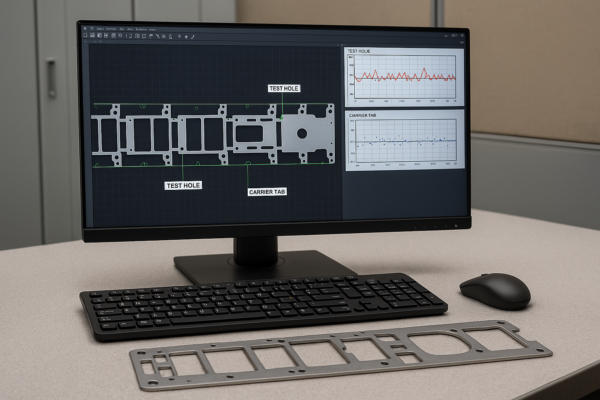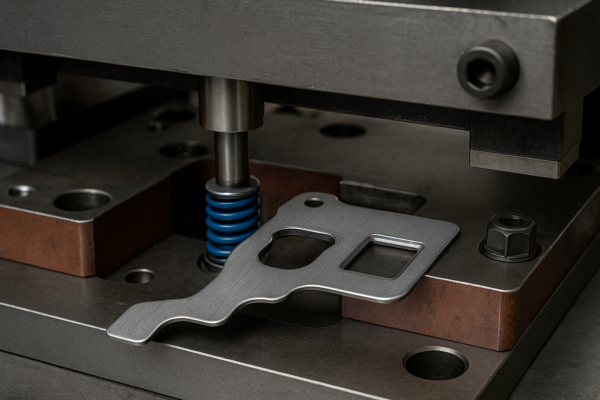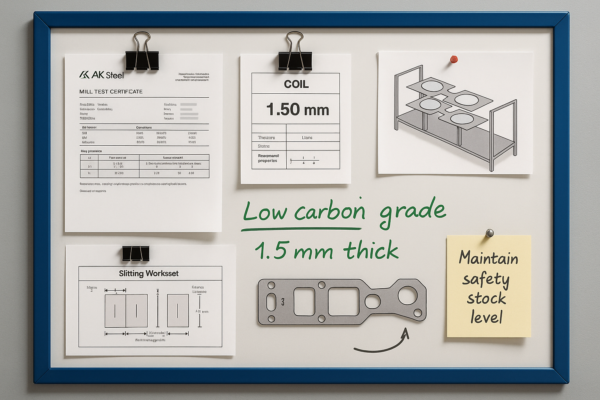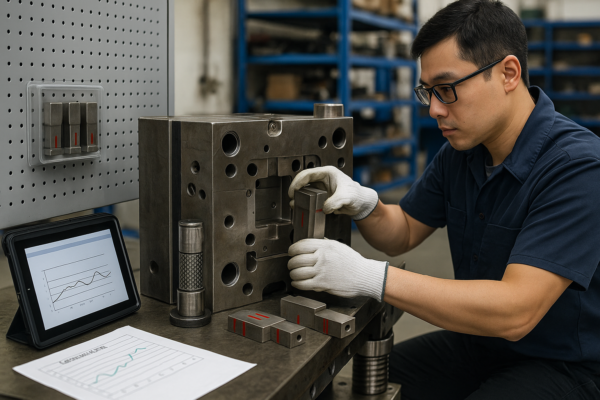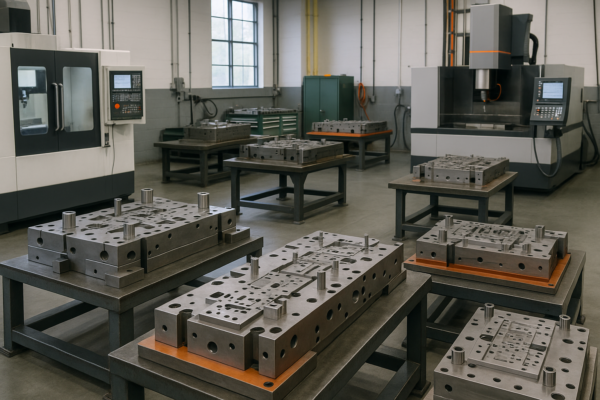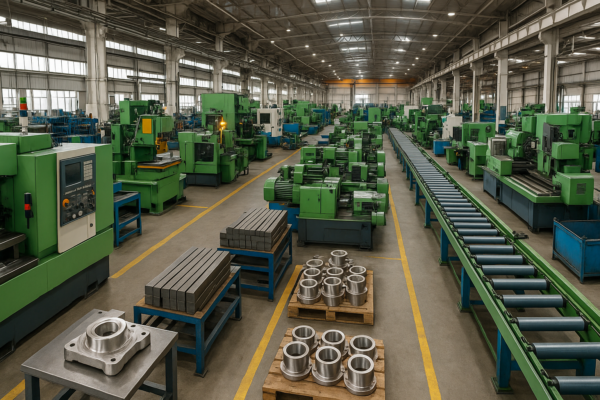CNC Workflow Optimization: From Jogging to Run Mode?
Problem: CNC operators often struggle with switching from manual setup to automated production.
Agitate: This leads to crashes, wasted material, and delayed delivery.
Solve: This guide explains each CNC mode—Jog, MDI, Auto—and how to optimize your workflow safely and efficiently.
Snippet paragraph:
✔️ Learn the difference between Jog and Run modes.
✔️ Follow safety best practices during manual jogging.
✔️ Understand dry run simulations before full production.
✔️ Master MDI, Auto, Edit, and Zero-Return functions to boost efficiency.
Jog vs Run: Manual Setups & Auto Production Explained
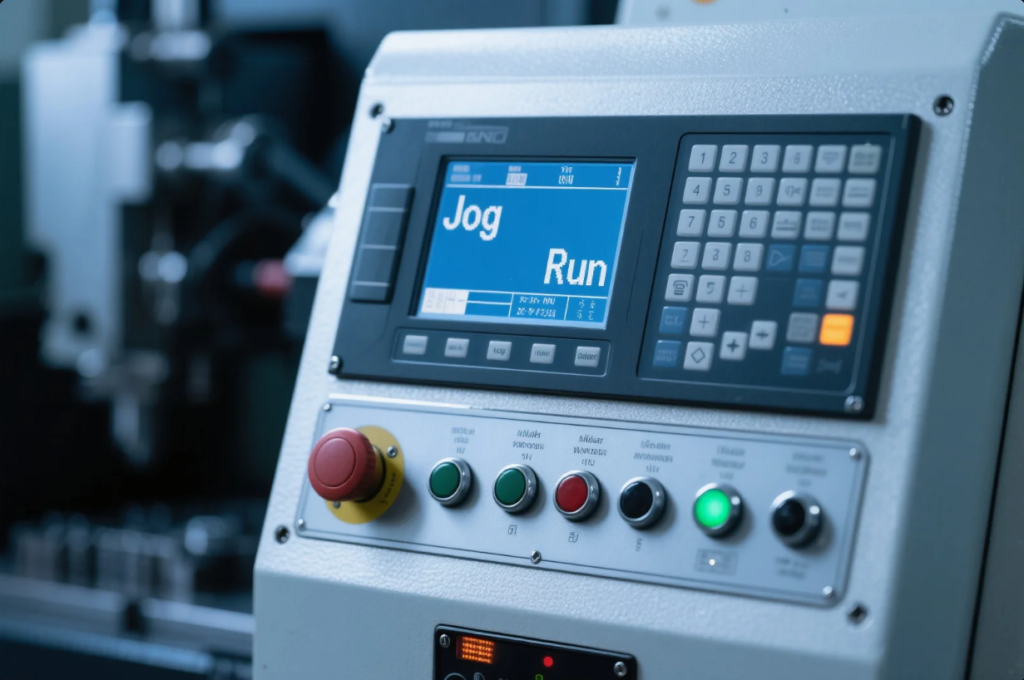
Jogging allows manual axis movement for setup. Run mode executes full G-code programs for production.
| Mode | Purpose | Operator Role | Risk |
|---|---|---|---|
| Jog | Manual setup | Touch-off, zeroing | Tool or vise crash if mishandled |
| Run | Automated machining | Monitor production | Incorrect offsets, program errors |
Safe Jogging Protocols and Speed Increments
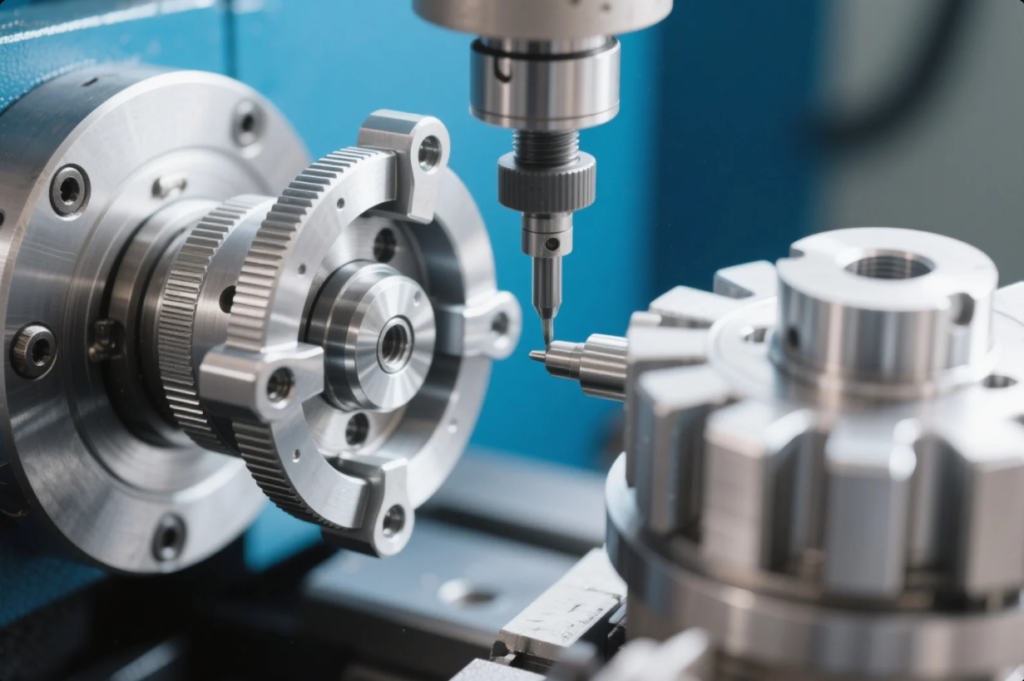
Always start with slow increments and single-axis movements.
| Axis | Safe Increment | Use Case |
|---|---|---|
| Z-Axis | 0.01 mm | Tool touch-off |
| X/Y-Axis | 0.01–0.1 mm | Edge finding |
| Rotary | Manual/slow | Angle alignment |
Best practices:
- Hand on E-stop
- Never jog blindly
- Confirm offsets before moving Z
Transitioning from Dry Run to Full Production
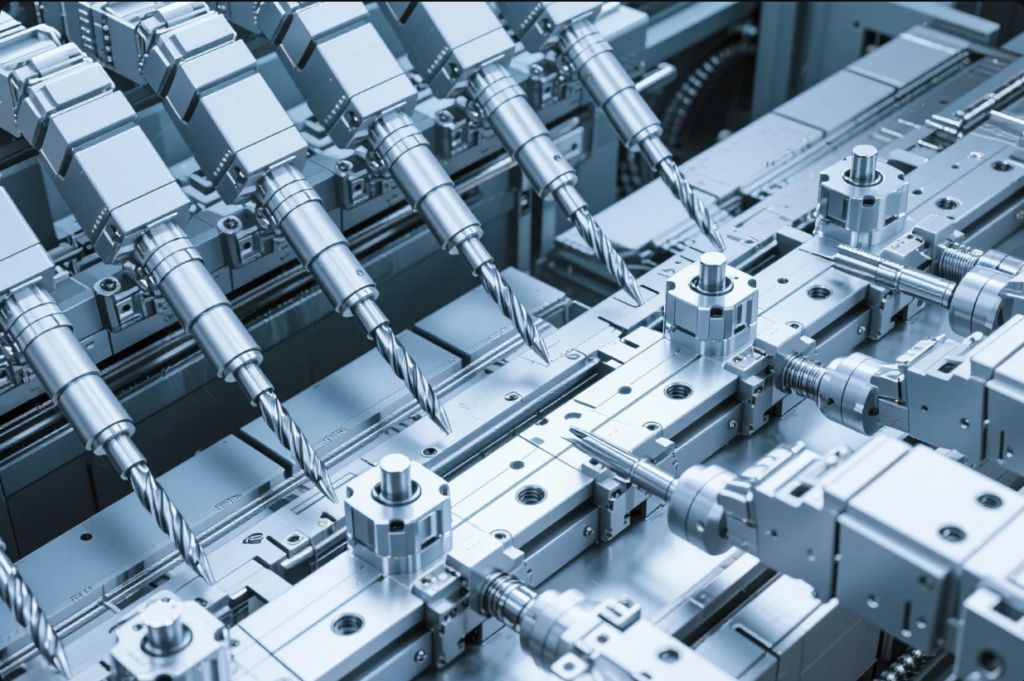
Dry runs simulate toolpaths to prevent damage.
| Step | Why It Matters |
|---|---|
| Activate dry run | Disable spindle & coolant |
| Raise Z offset | Prevent accidental cuts |
| Monitor paths | Look for collisions or missing code |
| Pause for tool check | Confirm length & clearance |
Use block-by-block mode for your first run.
Dry Run Best Practice – CNC Cookbook
Improving Efficiency: MDI, Auto, Edit, Zero-Return
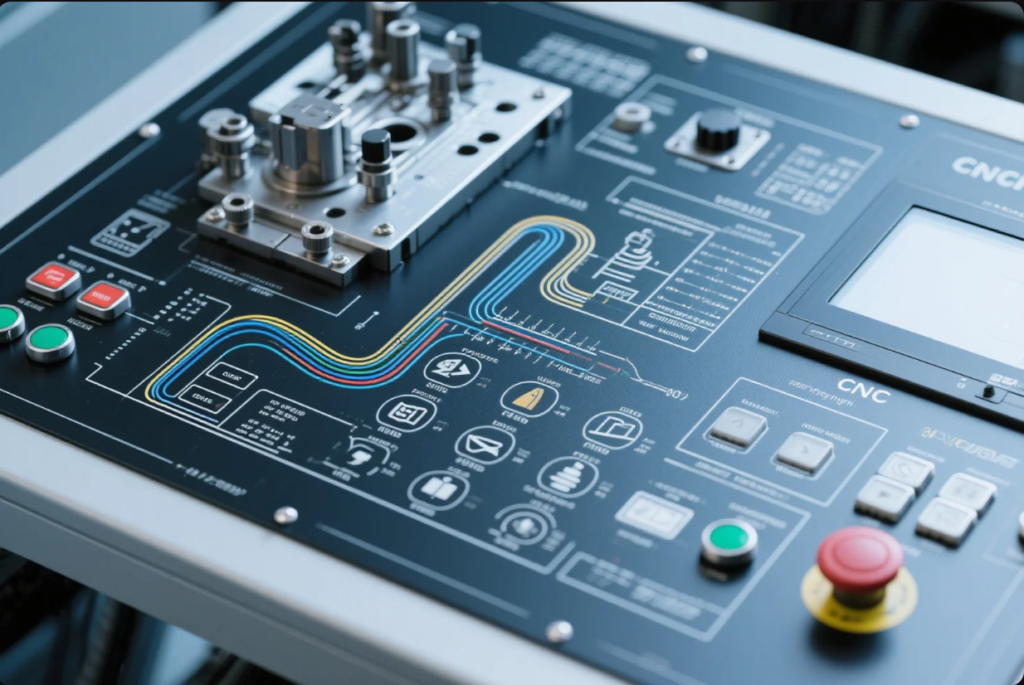
Knowing when to use each mode saves hours of setup time.
| Mode | Function | Best Use |
|---|---|---|
| MDI | Manual G-code line | Spindle, jog, coolant checks |
| Auto | Run full program | Production |
| Edit | Modify code | Correct G-code or feedrates |
| Zero-Return | Send axes home | Before tool changes or restarts |
Example:
Use M03 S1500 in MDI for spindle warm-up.
Understanding CNC Modes – CNCCookbook
FAQs
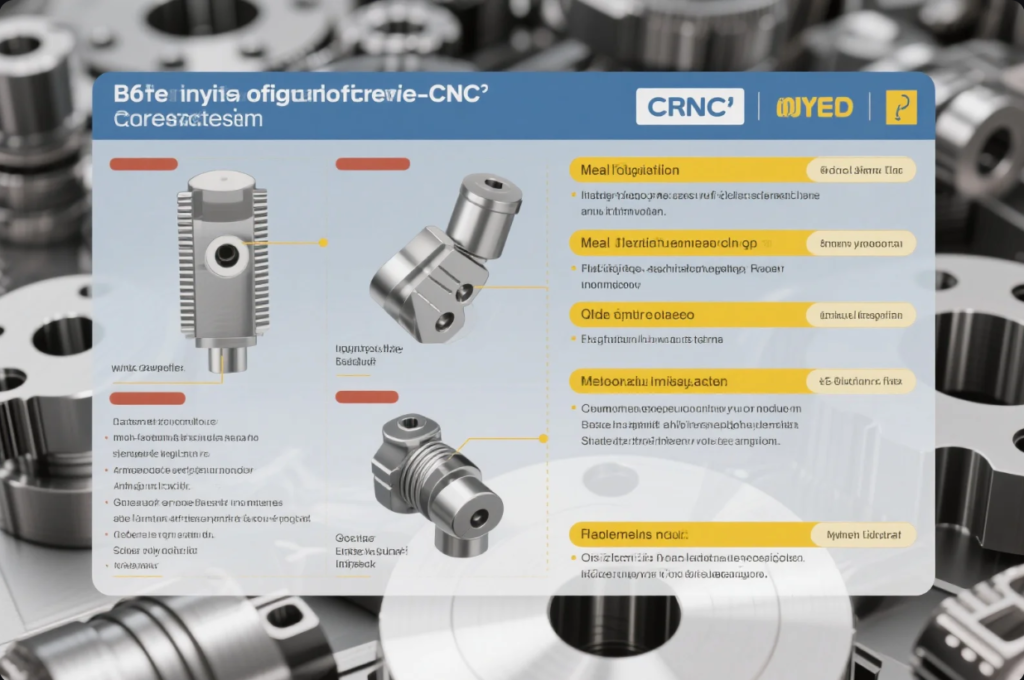
Q1: Jog vs MDI?
Jog = manual movement. MDI = manual command.
Q2: Is dry run optional?
No. Always perform a dry run before cutting.
Q3: When to use Zero-Return?
Daily, and after any E-stop or tool change.
Q4: Can I edit G-code during Auto?
No. Switch to Edit mode first.
Q5: Is MDI dangerous?
Yes if you enter the wrong code. Always double-check.
Conclusion
Understanding and correctly using CNC modes—Jog, MDI, Auto, Edit, Zero-Return—can drastically improve your shop’s output, reduce risk, and increase safety.
At Prime, we deliver:
- Trained CNC teams for full workflow support
- Safe, fast, and certified production cycles
- ISO 9001-approved operations with full inspection
📧 Contact us for CNC setup support or rapid quoting:
Email: [email protected]
Website: https://primecustomparts.com
From setup to spindle on—we help you run smarter.

